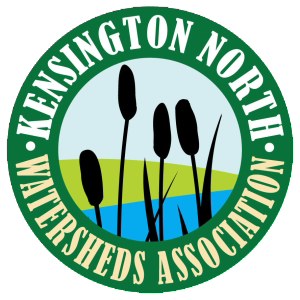In 2020 KNWSA worked in partnership with PEI Forests, Fish and Wildlife to monitor North American river otters in the Kensington North region. This year, we were excited to receive funding through the Wildlife Conservation Fund (WCF) to continue and expand our monitoring efforts. As we approach the end of this project, we’re excited to share our results!
American River Otters are native to PEI, however, became extirpated (locally extinct) on the island as a result of habitat loss and increased demand for furs in the 19th century. Although there has been some interest from trappers in the past, there has been no deliberate attempt to reintroduce the native species to the island. This makes the recent sightings of river otters even more exciting as natural re-establishment is fairly uncommon!
Remote cameras were used as our primary method of monitoring to ensure evidence could be shared and confirmed in a case of uncertainty. The cameras use a passive infra-red (PIR) detector which is triggered by a moving heat source (animal) to take a photo. In order to photograph otters, we had to ensure that the cameras were placed strategically, in their preferred habitat.
A total of ten cameras were installed from May to November. Five of which were located next to barrier ponds along the north shore and of those, four captured evidence of otters. One camera even captured three otters at one time! Another five cameras were installed farther south in locations such as Indian River and had no evidence of otters, however, recorded photos of other wildlife including beavers, herons, and lots of raccoons.
Identifying wildlife signs, including tracks and scat, is another minimally intrusive monitoring technique. The otters’ distinctive silvery scat, composed of fish scales, was collected from the north shore sites and delivered to the PEI Fish and Wildlife division for DNA analysis.
The focus of this project is to determine how widespread and established otter populations are in the Kensington North region and to develop best management practices for using remote cameras to monitor wildlife. If you have any wildlife sightings, whether they were taken with a remote camera or not, you can share them online at www.peinaturetracker.ca.
This project was funded by the Wildlife Conservation Fund, which provides financial support to groups across PEI working to benefit wildlife and wildlife conservation. WCF funding comes from annual conservation fees incorporated into PEI licences for hunting, angling and trapping, and Conservation Plates purchased for motor vehicles in PEI. If you would like to support more projects like this, consider purchasing a conservation license plate!
Published in The County Line Courier, December 2021 edition
